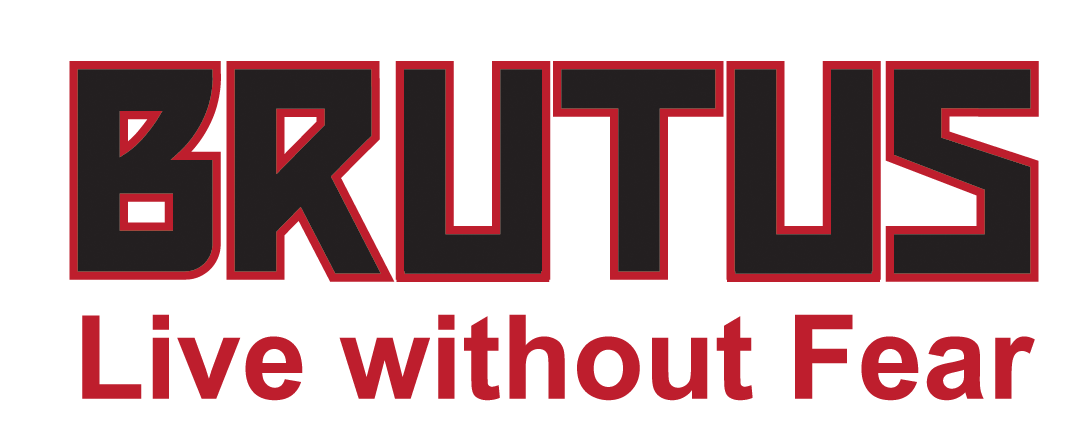We have partnered with Taylor La Force, 2019 Kettlebell Sport World Champion. Need help to select a kettlebell weight? Check out this video.
Knowing how to choose the right kettlebell weight depends on how you plan to use it. What follows is general guidance based on our years of using kettlebells and coaching others. Movements mostly fall into ballistic (explosive) lifts (swings, cleans, snatches, high-pulls) and grinds (presses, windmills, rows, squats). For ballistic lifts use a heavier kettlebell than grinds. Therefore, it’s helpful to start out with two different sizes of kettlebells. Use these general guidelines on how to choose the right kettlebell weight.
For ballistic movements an average, active man should start out with either a 16 kg or 20 kg kettlebell. Athletic men could start with 24 kg. If you are not active, you may want to start with a 12 kg kettlebell.
For grinds, you should choose a kettlebell that you can strict press overhead about 10 times. This will often be one size (4 kg) down from the bell you use for ballistics
For ballistic movements an average, active woman should start out with either a 12 kg or 16 kg kettlebell. Athletic women could start with a kettlebell a 20 kg. If you are not active, you may want to start with an 8 kg kettlebell. For grinds, you should choose a kettlebell that you can strict press overhead about 10 times. This will often be one size (4 kg) down from the bell you use for ballistics.
Sets for Men
- Beginner = 12 and 16 kg or 16 and 20 kg
- Intermediate = 16, 20, and 24 kg singles or pairs
- Advanced = 16, 24, 32 kg pairs
Sets for Women
- Beginner = 8 and 12 kg or 12 and 16 kg
- Intermediate = 12, 16, and 20 kg singles or pairs
- Advanced = 16, 20, 24 kg pairs
How to choose a Quality Kettlebell
Various styles of kettlebells are marketed these days. At Brutus we manufacture kettlebells to suit the needs of functional fitness. We use kettlebells too, we don’t just sell them. Our kettlebells are made for decades of real world use.
Quality kettlebells come with smooth, curved handles that can be gripped anywhere with one or both hands on the handle, not just the top part. Some cheap and poorly designed kettlebells have triangular or square-shaped handles. Do not buy this type of kettlebell.
A quality kettlebell always has a wide, flat bottom. The makes the bell stable for use on the floor and creates a nice, crisp tip-up. Quality kettlebells will always have a machined bottom.
Kettlebells to Avoid
Do not buy plastic kettlebells, adjustable kettlebells, monkey-face kettlebells, kettlebell-dumbbell hybrids, or any other odd-shaped kettlebells. These aren’t true kettlebells. Real kettlebells are a precise tool with a long history. They are designed to be balanced in a certain way.
This one is more controversial, but do not buy “Competition” or “Pro Grade” (Girevoy Sport) kettlebells. These are made of steel, rather than cast iron, and are used in international kettlebell sport competition. Unless you want to do competition, these bells are a poor choice. The handles are made to be gripped with one hand. They are difficult and uncomfortable to use with two hands.

